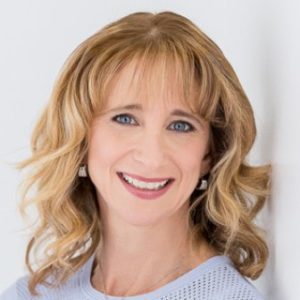At last week’s Cadre event (http://www.cadredc.com/), I had the opportunity to hear best selling author Mike Michalowicz (http://mikemichalowicz.com/) speak about his theory of Colossal Entrepreneurship, which is the basis of his book, “The Pumpkin Plan.” Just when I think I have finally mastered the whole entrepreneurship mindset, a new perspective comes along that makes me re-think my whole approach.
This is what happened with Mike. His idea of “The Pumpkin Plan” came from observing pumpkin farmers that grow colossal pumpkins over the course of a year. Those pumpkins don’t magically appear because of a healthy crop season and good luck. These farmers follow a systematic approach to pumpkin growth that differs from the strategies traditional farmers use to grow the maximum quantity of pumpkins possible.
When these theories are applied to business, entrepreneurs can focus on the opportunities and customers that have the greatest potential to be colossal. They can view their organization from the “root” perspective, enabling them to look at their organizational system as the basis for sustainable and scalable growth.
I know firsthand how hard it is to walk away from the low-hanging fruit because you want to bring revenue in and keep your employees billable. What happens though is that an organization ends up succumbing to a low-fruit mentality. When time, energy, money, and resources are absorbed by a bunch of small projects, those resources are not available for the larger projects.
A former boss (going back 20 years ago) once said, “chasing a bunch of small projects is like living the life of a gypsy.” You put time and energy into closing a small project, then three months later you need to go find new work. You bounce from project to project project without any scalability.
It takes discipline (and pain) to walk away from projects and customers that don’t align with your long-term vision, especially for businesses in the start-up phase.
Really, it’s a matter of your strategic priorities. Do you want to grow a large amount of small pumpkins, or do you want to grow a colossal pumpkin? Only you can decide what is best for your organization.
Here is a chart highlighting the differences between the two philosophies.
I highly recommend Mike’s book which can be found on his website. Good luck!
|
|
Traditional Farmer |
|
Colossal Farmer |
|
Traditional Entrepreneur |
|
Colossal Entrepreneur
|
|
Beginning stages of growth |
Spreads as many seeds as possible |
|
Highly selective seed selection |
|
Focus on high quantity of clients; latches on to hot trends and low-hanging fruit
|
|
Highly selective, small number of clients |
|
Optimization |
Look for weak sprouts to help them along |
|
Feed only the strong sprouts. Cut weak sprouts which steal nutrients away from the strong sprouts. Strong = colossal |
|
Focus on strengthening the weaknesses |
|
Remove barriers to strongest people. Get rid of weak people and weak customers. |
|
Nurturing process |
Follow a saturation process. Drown them in water. |
|
Quench the strongest sprouts 10X a day – only what they need, no more. |
|
Go overboard with non-meaningful communication. Spamming, non-purpose contact |
|
Use “frequency.” The more they see/hear us as value, the more they trust us. |
|
Root system |
Focus on what’s above the surface. Treat all sprouts the same |
|
Focus on the root. If root is cut or attacked, can kill a pumpkin in 24 hours. |
|
Look at the surface level of relationships. Don’t go to a deeper level. |
|
Develop root system with their clients. Go deep into the relationship. |
|
Overall growth strategy |
Focused on growing as many pumpkins as possible |
|
Kill small pumpkins immediately; take nutrients from colossal pumpkin |
|
Say yes to most opportunities. Fail to bet on one large outcome. |
|
Say No ten times more than they say Yes. Stick to the grand prize |







